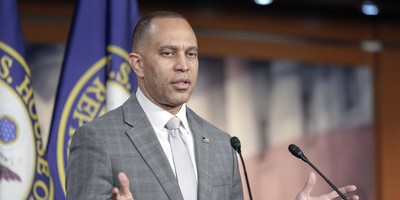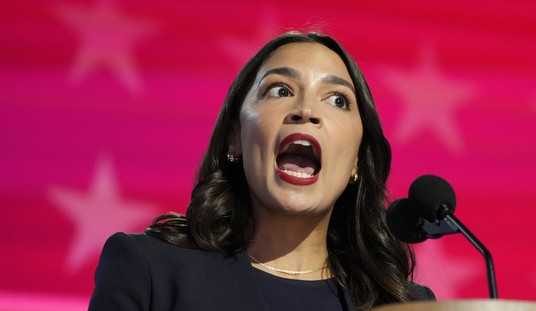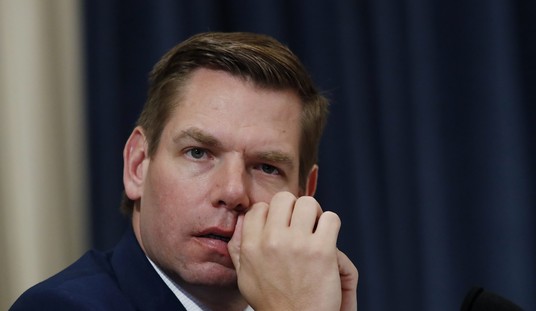Back in November of 1999, as Boston's 516,000-square-foot convention center was about to go up near the South Boston waterfront, I wrote a column about the futility of building exhibition halls with taxpayer money. Such facilities, I observed, are invariably touted as engines of economic growth, guaranteed to stimulate the creation of new jobs, the development of new hotels, and gushers of new spending by visiting conventioneers. Then, when the promised boom fails to materialize, the subsidized facility is blamed for being too modest and taxpayers are told they must underwrite a venue even grander and more expensive.
"So here we go again," I predicted. "More construction, more rosy rhetoric -- and more disappointment when the new convention center fails to meet its boosters' promises. . . . I give it about a decade. And then the droning will resume: If only we had a bigger convention center. . ."
Ten years later to the month -- how's that for prescient? -- the Boston Globe reported on its front page that Massachusetts officials want to double the size of the Boston Convention & Exhibition Center, already the largest building of its kind in New England. The story noted that the convention center had never lived up to the exuberant promises made by its promoters. For example, a state-commissioned feasibility study had estimated that by 2009 the convention center would be doing enough business to generate 670,000 hotel room nights per year. In fact, the real figure turned out to be less than half, or about 313,000 room nights.
To a disinterested observer, it might seem obvious that Boston is no different from so many other cities competing for conventions and trade shows in a national market glutted with space. Over the past two decades, the amount of square footage available for exhibitions nationwide has soared nearly 75 percent, growing from 40.4 million square feet in 1990 to more than 70 million square feet today. Cities everywhere have been enlarging their convention centers. San Diego, Phoenix, Denver, Atlanta, Orlando, Chicago, Las Vegas, Philadelphia -- all of them have either recently finished or are planning an expansion, all of them at taxpayer expense, and all of them justified with the same argument being made once again in Boston: If only we had more capacity, we could attract bigger shows, lure more visitors, stimulate more business, generate more growth.
Recommended
But while the supply of convention space has been going through the roof, the demand for that space hasn't come close to keeping up. According to the industry publication TradeShow Week, attendance at conventions and trade or consumer shows plummeted from 126 million in 2000 to just 86 million in 2010. (TradeShow Week ceased publication last year.) The market is hopelessly overbuilt. Earnings are weak. In some cities, convention halls are literally giving space away. It doesn't take an economic savant to recognize that in such an environment, it is folly to keep building.
Unfortunately, economic sense vanishes when politicians and their tourism-industry friends -- and the consultants they hire to cheer themselves on -- start clamoring for yet another money-losing new facility to be subsidized with still more public dollars.
The strongest evidence that Boston has no need of an even bigger convention center is that the private-sector isn't building one. If entrepreneurs don't see a sound economic rationale for investing in a new facility, the odds are excellent that no such rationale exists. And if the Boston Convention & Exhibition Center was a bad idea at 516,000 square feet, at twice the size it will be even worse.
When the BCEC opened in 2004, state officials bragged about all the private hotel development it would lead to. "Boom Time for Boston Hotels," the Massachusetts Convention Center Authority crowed in a lavish ad. "When a Convention Center Comes to Town, Hotels Are Sure to Follow."
But the hotels didn't follow, doubtless for the same reason the convention center never generated the volume of business the consultants had predicted: The demand just isn't there. Yet rather than acknowledge being wrong, officials blame the convention center's weak performance on the lack of hotels. And as if confusing cause and effect isn't bad enough, now they are campaigning not only to double the convention-center's capacity with tax funds, but to force taxpayers to subsidize the construction of 1,000 new hotel rooms as well -- hotel rooms for which there is no measurable demand.
The whole thing is such an outrageous racket. Once again the politicos will expand their empire. Once again crony capitalism will enrich a handful of wired business operators. And once again Joe and Jane Taxpayer will pay through the nose. How many times must we see this movie before we finally shut it off?
























Join the conversation as a VIP Member